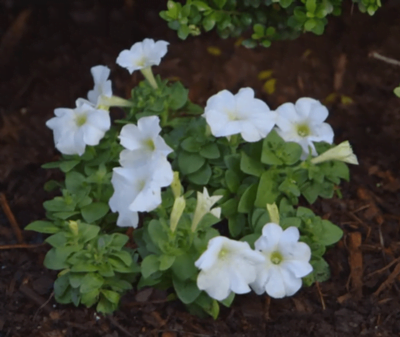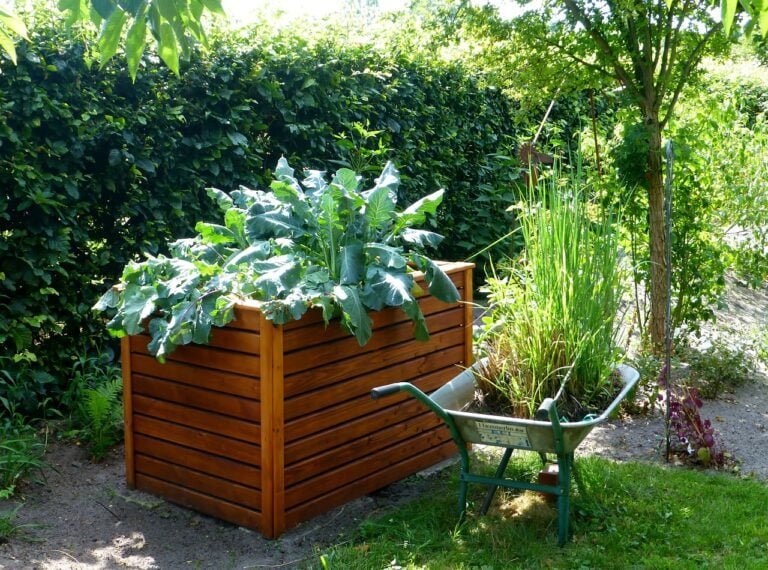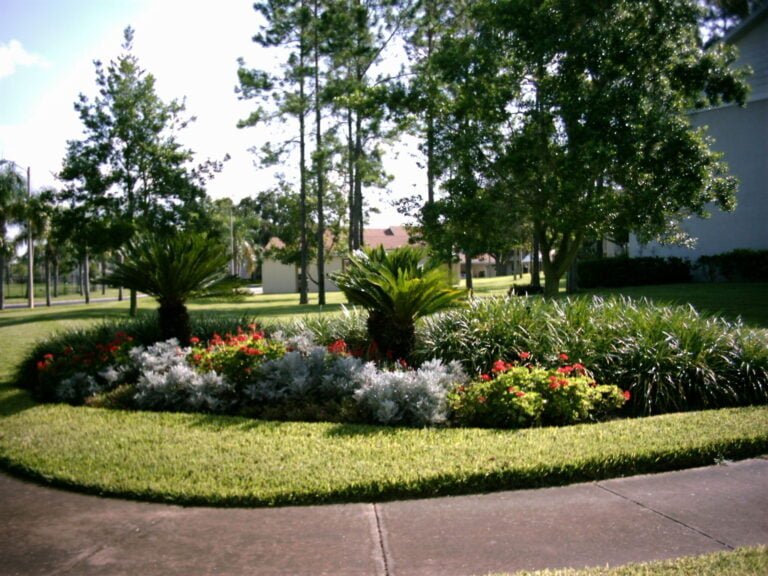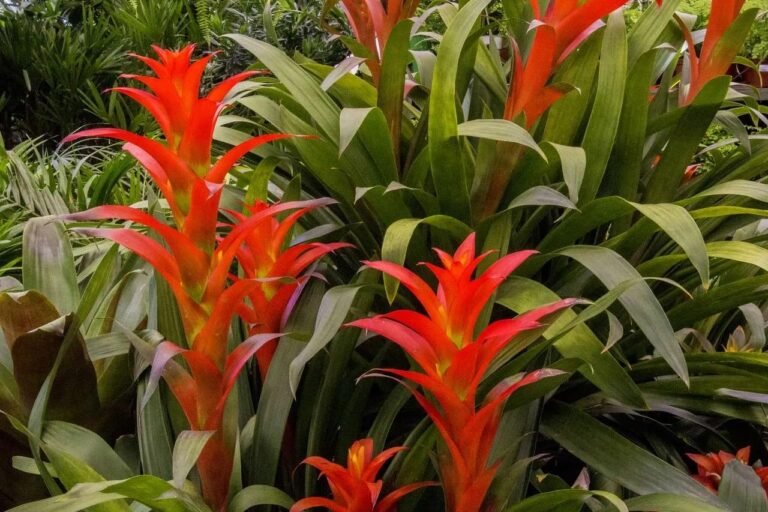Annual or Perennial Growing Guide

To assure having the kind of garden we all want to have, follow the helpful tips in this annual or perennial growing guide.
Annual or Perennial Growing Guide
Proper annual or perennial care is important for growing healthy flowering plants. There are many factors to be considered in having a successful garden with attractive colors adding to a landscape.
Proper watering, weed control, plant feeding from fertilization, and the right management of pests and diseases are all part of annual or perennial care.
Annual plants or perennial plants purchased from nurseries or garden centers can have pot-bound root systems. If in this condition before installation loosen and untangle the roots without breaking apart the root ball. This will allow the plant to obtain water faster and become established quicker.
When planting spacing is determined by the eventual mature size of each type of plant. Spacing is important for good air circulation. Do not plant them too deep or not deep enough to where the roots are exposed. Proper establishment helps them to grow correctly.
Watering Annual or Perennials
Water immediately after planting and on a daily basis until annuals or perennials become established. Once they have good foundation water only on an “as needed” basis. Using a watering schedule according to the requirements of each type of plant, as an annual or perennial growing guide, will help them grow healthy.
Watering also depends on rainfall, drought conditions, and if placed in the hot sun.
Watering using a hose with a breaker attached, a watering can, or a drip irrigation system is recommended. Water the soil avoiding getting it on the leaves and flowers. Some types of annual plants and perennial plants can be ruined by continuous watering and splashing from overhead sprinkler systems.
Plants such as geraniums, celosias, marigolds, gerberas, verbenas, petunias, phlox, portulacas, snapdragons, and pentas are sensitive to damage from overhead irrigation. Begonias, pansies, coleus, caladiums, impatiens, and new guinea impatiens are tolerant of overhead watering.
Proper Weed Control
Weeds growing in your garden can be controlled by applying a pre-emergence herbicide or hand weeding. Hand weeding is recommended when herbicides can not be used and when pre-emergence doesn’t control all types of weeds.
Use hand weeding for new growing weeds that germinate after applying chemicals for continuous control. Pre-emergents are safe to use around most species of plants but can be harmful to some types.
Do not place plants that can be harmed with those that are safe in the same beds. Always read the label on the weed control product for an annual or perennial growing guide as to what type of plants the chemical can be used with. If a species does not appear on the label do not plant that type.
Fertilizing Annual or Perennial
If organic material was mixed in the soil during preparation prior to planting, a good foundation was established. Plants have already received the proper nutrients.
After establishment, the soil can become depleted of nutrients from watering and erosion. Keep plants healthy by fertilizing them on a scheduled program.
Use a liquid plant food applying with a spray attachment to your garden hose, or by spraying with a pump sprayer.
Your local garden centers offer name-brand products for this type of feeding. Follow directions on the label as a proper annual or perennial growing guide, for the correct amount of fertilizer required for them to grow healthy and vigorous.
Managing Pests and Diseases
Annual or perennial plants can have insect and disease problems. Monitor them often for early detection and immediate treatment.
The annual or perennial growing guide for pest control, using the method of spot treatment can stop a major infestation. This method also reduces the amount of usage of chemicals in your garden.
Diseases can be kept from spreading to other plants if recognized early. Removing infected leaves by hand when monitoring helps keep diseases from getting out of control.
Spot treatment with a fungicide is recommended. Good air circulation and limiting the watering of leaves and flowers reduce problems. Areas that are continuously wet can cause fungus problems to the root system transmitting it throughout the plant.
Following these practices will reduce insect and disease problems in your garden.
Final Thoughts
Proper annual or perennial care will result in success in your garden giving you lots of colors to add to your landscape. Managing plants correctly keeps them healthy and growing vigorously. Applying the garden tips mentioned in this annual or perennial growing guide will help you obtain the garden you want to have.






